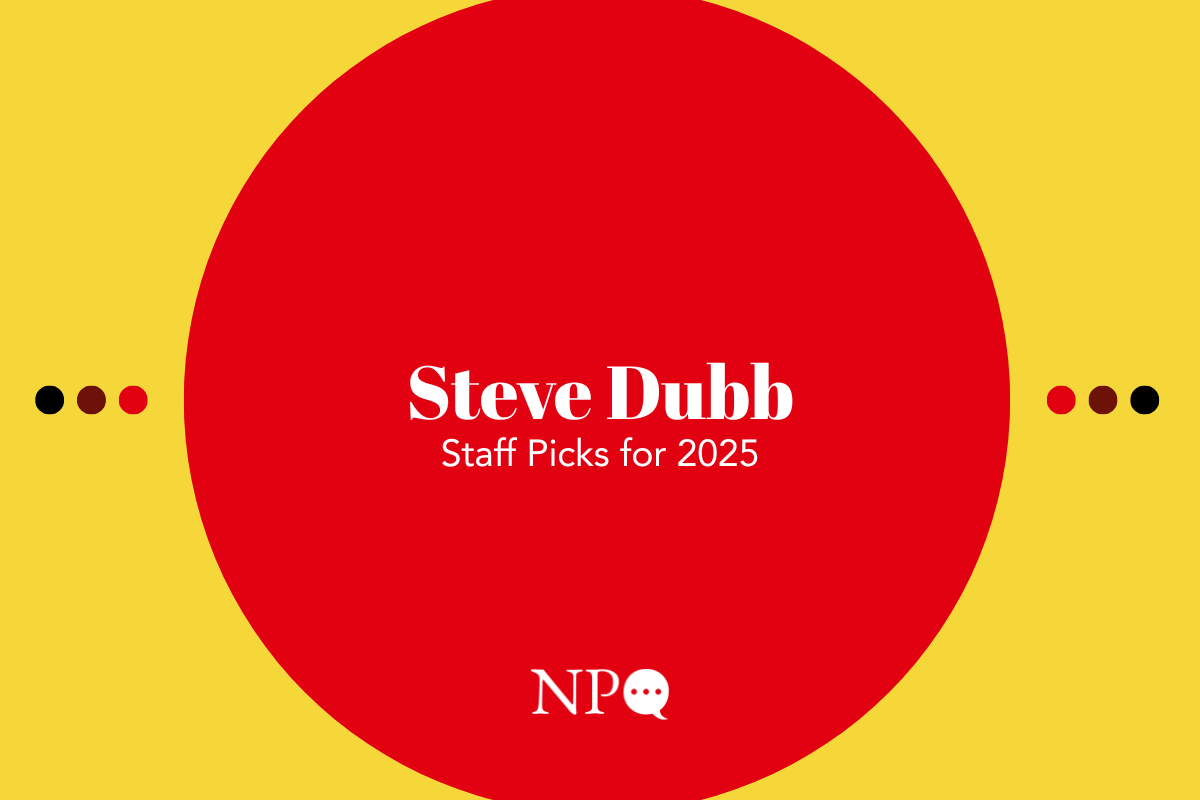
May 29, 2019; Nieman Lab
As Christine Schmidt reports for Nieman Lab, nonprofit education news site Chalkbeat has created a model for funding local news that may have broad application for other news nonprofits.
NPQ has reported recently about nonprofits working to preserve local journalism. It has also reported on the tendency for funding for nonprofit journalism to be highly concentrated among a few national outlets. Chalkbeat’s model tries to build both at once.
Chalkbeat launched 10 years ago when education news sites in New York City and Denver merged. Other cities were soon added. Today, Chalkbeat has a core team for national reporting and more than 50 staff that serve seven metro bureaus. Chalkbeat also has product, business development, and fundraising teams. It’s worth noting that Chalkbeat’s cofounder and current editor-in-chief and CEO, Elizabeth Green, is also a founder of the American Journalism Project, a venture philanthropy model for local news that NPQ reported on here.
Chalkbeat’s business model includes a strong commitment to local financing for its bureaus. Chalkbeat requires sufficient local funding for three years before launching a new bureau, and more than half of the funding must come from the local bureau. Maria Archangelo, Chalkbeat’s senior director of partnerships, told Nieman Lab:
Sign up for our free newsletters
Subscribe to NPQ's newsletters to have our top stories delivered directly to your inbox.
By signing up, you agree to our privacy policy and terms of use, and to receive messages from NPQ and our partners.
What foundations have to understand is that even for a startup or expanding operations, there needs to be an investment in general operations for a media organization to find its footing so that it can start innovating. You can’t diversify revenue streams if you’re so worried about keeping the lights on.
So far, the model appears to be working. In its last fiscal year, Chalkbeat raised $6.8 million in revenue from five revenue streams: national philanthropy, local philanthropy, earned revenue/sponsorship, and membership. Over the last two years, more than 100 foundations or individuals made gifts of $1,000 or more. Chalkbeat’s new membership program garnered 450 members making gifts of $35 to more than $500. The fundraising team of three (soon to be four) manages three or four local markets per staff member.
Two years ago, Chalkbeat developed criteria for choosing new cities. The criteria included, among other things, whether there was funding available in the community from education or journalism funders (or both). As Scott Elliott of Chalkbeat told Nieman Lab, “The key insight for us was having people on the ground who want us to come who can make sure we know the right people.”
Those who had expressed interest in having Chalkbeat come to their communities were asked to formally apply. Out of three groups that applied, Chicago won, in part because it demonstrated local foundation support in its application. Chicago supporters also created a panel of about 100 stakeholders during the nominating process, including members from the schools and the media, to determine what was needed in local education coverage.
Stephanie Banchero, education program director of the Joyce Foundation and one of the lead supporters of Chicago’s effort to join Chalkbeat, described for Nieman Lab the ways in which Chalkbeat checks all the boxes for funders: “They have a good product. They have something that is very unique [sic] and needed in the public discourse around education. They know how to talk about and ‘sell’ that thing and explain it to foundations and people who know less about the media.”—Catherine Jones











